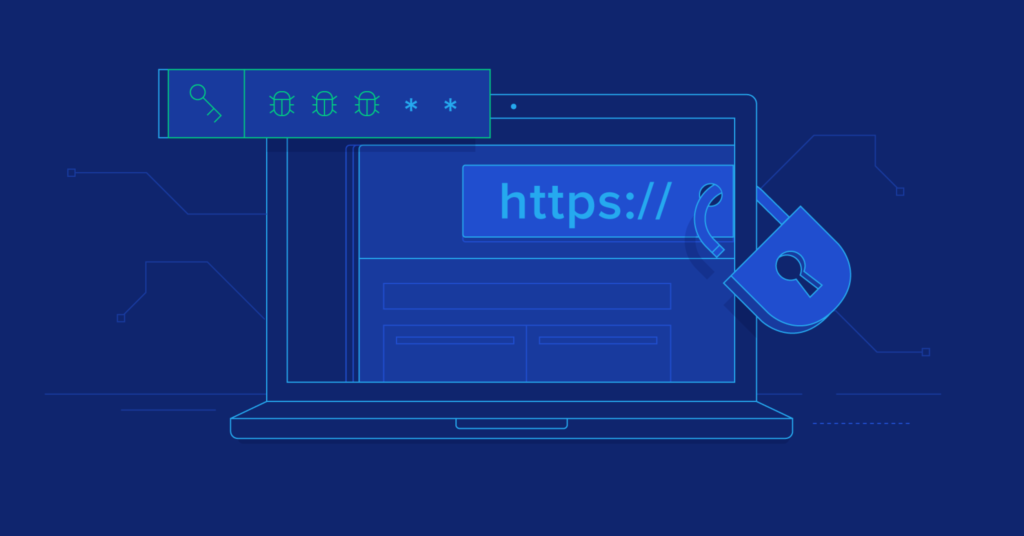The allure of WordPress as a website-building platform is undeniable. With its vast array of plugins, users can enhance functionality and customize their sites without deep technical knowledge. However, this convenience often comes at a cost: security vulnerabilities. These flaws can lead to severe breaches, impacting both site owners and visitors. Understanding the common security flaws in WordPress plugins and learning how to mitigate them is crucial for maintaining a secure online presence.
Vulnerability to SQL Injections
One of the most notorious security flaws in WordPress plugins is SQL injection. This occurs when a plugin fails to properly sanitize user inputs, allowing malicious actors to inject SQL code into the database queries. The implications can be devastating, ranging from data leaks to complete control over the website. Hackers can retrieve sensitive information, delete data, or even gain administrative access, posing significant risks to both the site’s integrity and its users’ privacy.
Mitigating SQL injections involves a combination of practices. Firstly, developers must adhere to secure coding standards, ensuring that all user inputs are sanitized and validated before being processed. Utilizing prepared statements and parameterized queries is also essential, as these methods inherently separate SQL commands from data inputs, making it harder for malicious code to execute. Regularly updating plugins is another critical step, as updates often include patches for known vulnerabilities.
Cross-Site Scripting (XSS) Attacks
Cross-Site Scripting (XSS) is another prevalent issue in WordPress plugins. This vulnerability arises when a plugin allows user inputs to be included in web pages without proper validation or encoding. Attackers can exploit this by injecting malicious scripts into the site, which can then be executed in the browsers of visitors. The consequences of XSS attacks range from defacement of the site to the theft of user cookies, which can be used to hijack user sessions.
To combat XSS attacks, developers need to implement robust input validation and output encoding. Ensuring that user-generated content is properly sanitized before being displayed can prevent malicious scripts from being executed. Additionally, employing Content Security Policy (CSP) headers can add an extra layer of protection by restricting the sources from which scripts can be loaded. Regular security audits and using security-focused plugins that scan for vulnerabilities can further reduce the risk of XSS attacks.

Insecure Authentication and Authorization
Insecure authentication and authorization mechanisms in WordPress plugins can lead to unauthorized access and privilege escalation. When plugins do not properly manage user roles and permissions, attackers can exploit these weaknesses to gain elevated access levels, potentially taking over administrative accounts. This flaw not only endangers the site’s security but also compromises the trust and safety of its user base.
Mitigating this issue requires a multi-faceted approach. Firstly, developers should follow best practices for authentication, such as implementing strong password policies and two-factor authentication (2FA). Additionally, proper authorization checks must be in place to ensure that users can only perform actions permitted by their roles. It is also vital to conduct regular security reviews and use plugins from reputable sources, as these are more likely to follow stringent security protocols.
Conclusion
WordPress plugins significantly enhance the functionality and flexibility of websites, but they also introduce potential security risks. By understanding common security flaws like SQL injections, XSS attacks, and insecure authentication, site owners and developers can take proactive steps to mitigate these vulnerabilities. Ensuring secure coding practices, regular updates, and employing additional security measures can safeguard websites against malicious attacks. Ultimately, maintaining a secure WordPress site is an ongoing process that requires vigilance and a commitment to best practices.

